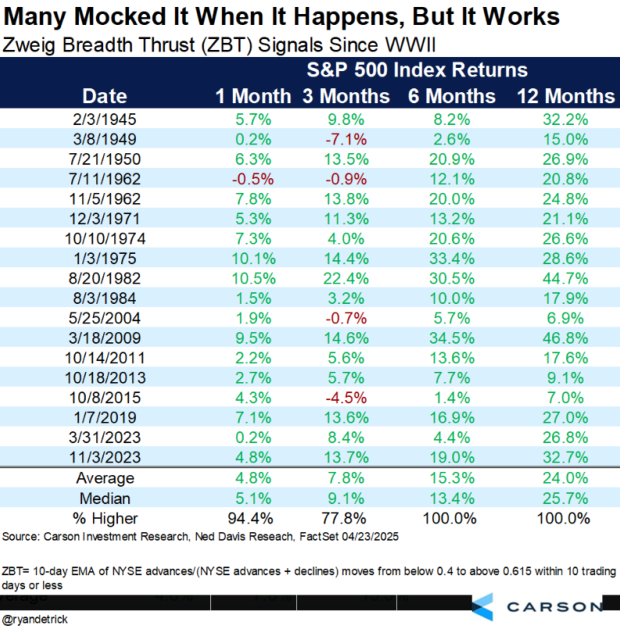Meta Platforms Launches LLaMa 4, Impact on Shares Under Review
Meta Platforms (NASDAQ: META) recently gained attention for the unveiling of its next-generation large language model (LLM), LLaMa 4, in early April. The launch reflects Meta’s ongoing strategy to dominate AI adoption with its open-source models. So far, the company has introduced LLaMa 4 Scout and LLaMa 4 Maverick, while LLaMa 4 Behemoth remains in development.
Analysts are now weighing the performance of LLaMa 4 against competitors. How well does it perform relative to other models, and what are the potential implications for Meta’s stock in the future?
Initial Reception of LLaMa 4
In a press release, Meta emphasized that its LLaMa 4 models performed impressively across various benchmarks. Notably, LLaMa 4 Maverick initially placed second on the LM Arena Leaderboard, which ranks models based on human evaluation of response quality.
However, it soon came to light that the version of Maverick tested on LM Arena was customized for optimal performance in their specific setup. After refining this issue, Maverick’s rank dropped to 35th on the leaderboard. Testers expressing disappointment noted that individual assessments of LLaMa 4’s performance weren’t consistent with earlier claims. Moreover, on the Artificial Analysis Intelligence Index, Maverick and Scout rank below those developed by OpenAI and Alphabet (NASDAQ: GOOG), as well as models from DeepSeek. On the upside, LLaMa 4 still exhibited considerable improvement over its predecessor, LLaMa 3. Yet, perceptions of LLaMa 4’s capabilities remain mixed.
Evaluating Cost-to-Performance Ratio
One of the standout features of the LLaMa 4 models is their cost-effectiveness. The Artificial Analysis Intelligence vs. Price matrix, which evaluates the balance between performance and operational cost, highlights that Maverick and Scout provide low-price processing for each token while maintaining relatively effective performance. A token refers to a unit of text processed by the models, where lower costs enable businesses to analyze larger data sets within budget.
Effective utilization of AI requires a balance between cost and quality results, making it crucial for firms operating within tight margins. In this regard, both Maverick and Scout perform admirably compared to other competitors, including LLaMa 3.
Potential Impact on Meta’s Stock Value
While not positioned as the most advanced models in the market, the LLaMa 4 series exhibits satisfactory performance and affordability, which could significantly benefit Meta’s business prospects long-term. The company can leverage LLaMa 4 to enhance its advertising tools, such as Advantage+ Creative, which generates AI-optimized content for ads.
Improvements brought by LLaMa 4 may enhance advertiser effectiveness, thereby adding value to Meta’s advertising platforms. Moreover, Meta’s lower cost per token compared to LLaMa 3 may allow the company to offer competitive recommendations at reduced prices.
Additionally, LLaMa 4 will power Meta AI, implemented in apps such as WhatsApp, Messenger, and Instagram. This enhanced AI capability could lead to greater adoption of Meta AI features. Lower costs associated with LLaMa 4 compared to its predecessor could improve margins over time, with the prospect of monetization for Meta AI being explored as early as 2026.
During its last earnings report, Meta AI reported 700 million users, with the company typically aiming to monetize its offerings once reaching 1 billion users. The advancements of LLaMa 4 could be instrumental in this monetization effort.
Despite initial disappointment surrounding LLaMa 4, many analysts view the update as a positive step for the company’s trajectory, potentially contributing to share price growth in the long run. The upcoming LLaMaCon event on April 29 could provide further insights into the development of Meta’s LLM offerings.
The views and opinions expressed herein are the views and opinions of the author and do not necessarily reflect those of Nasdaq, Inc.


